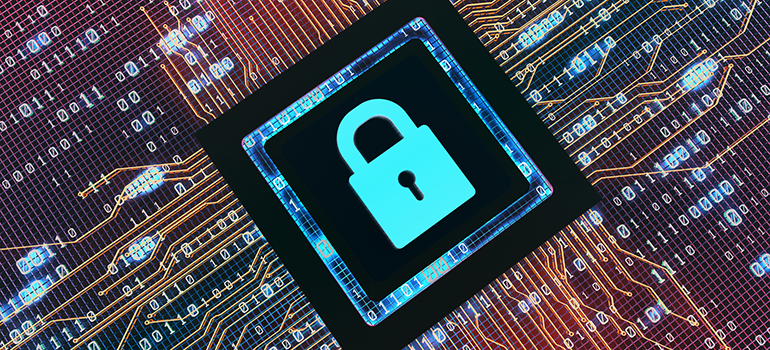
Cybersecurity: What You Need To Know
Brought to you by Crowe LLP

 Ask most top bankers one thing that keeps them up at night, and many of them will say cyber threats and risks to their company’s cybersecurity is chief among them.
Ask most top bankers one thing that keeps them up at night, and many of them will say cyber threats and risks to their company’s cybersecurity is chief among them.
Even the biggest banks wrestle with this important issue, and breaches can have serious financial, reputational and regulatory ramifications.
 Basic Cybersecurity Protections
Basic Cybersecurity Protections
For most companies, the question of a cyber-attack is when or how many, not if. There are basic protections to have in place to prepare and defend against the risk of an event, but with ongoing and persistent risk of threats, its best to have a strategy practice for any potential event.
 Use Data To Protect Data
Use Data To Protect Data
To mitigate the risks of cyber events and threats, using data-based model can be effective. Data can quantify the risk to the institution and make regulatory reporting more efficient. It can also make the threat identification process more efficient by highlighting areas of risk more easily.
 What is “Threat Intelligence?”
What is “Threat Intelligence?”
One of the toughest challenges in cybersecurity is maintaining an edge against potential attackers who are continually making their attempts more sophisticated and difficult to defeat. One way many companies maintain that edge is to collect and use “threat intelligence,” which is information that can help prepare and preempt potential incoming cyberattacks. But, you have to use the intelligence effectively.
 The Cybersecurity Talent Threat
The Cybersecurity Talent Threat
Research, including that conducted by Crowe and Bank Director, has indicated that bank executives and boards have concerns about the capability and readiness of the bank and its employees to identify, prevent and respond to cyberattacks. Regardless of asset size, there are ways to find and prepare your employees for real and perceived threats.
 Financial implications
Financial implications
Just one breach can cost a company millions of dollars and untold more in other areas, potentially wiping out any projected revenue gains for the quarter, or longer. Analyses conducted my major firms have estimated a wide range of potential per-record costs for data breaches, making it difficult to truly project what any single event could carry in terms of financial impact. But some have been estimated to cost tens of millions of dollars, making the threat highly worrisome.
Cybersecurity should be if it is not already among the pinnacle talking points and areas of focus for your board. Without that preparation and ongoing discussion, your institution can find itself at risk that can harm your customers and your institution. But remember there is plenty of opportunity to prepare, secure yourselves and respond in the event of a cyber event.

